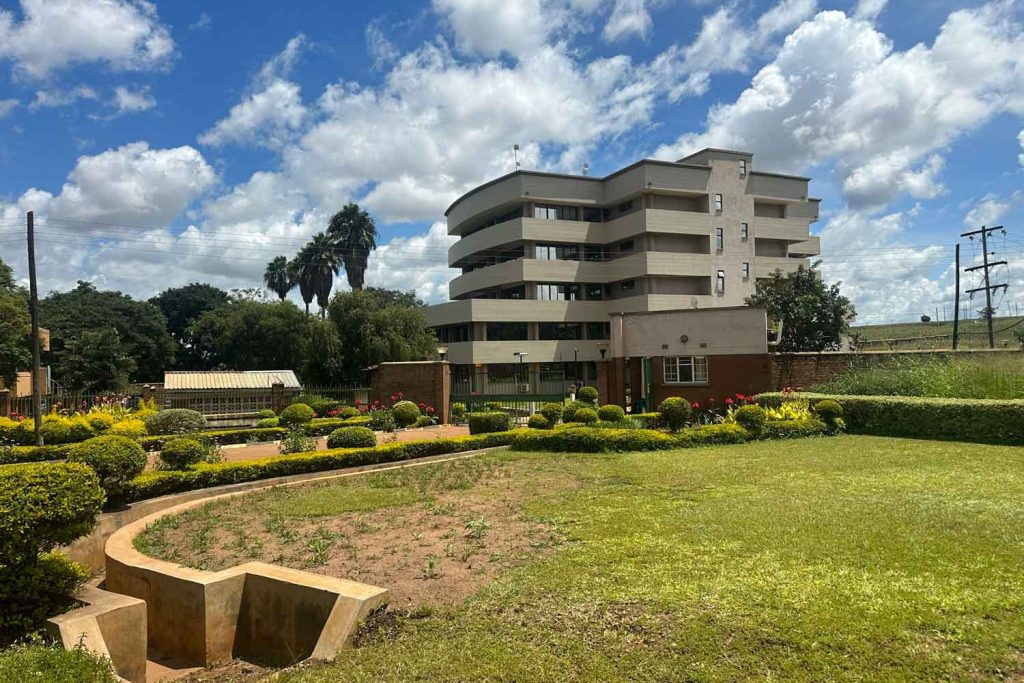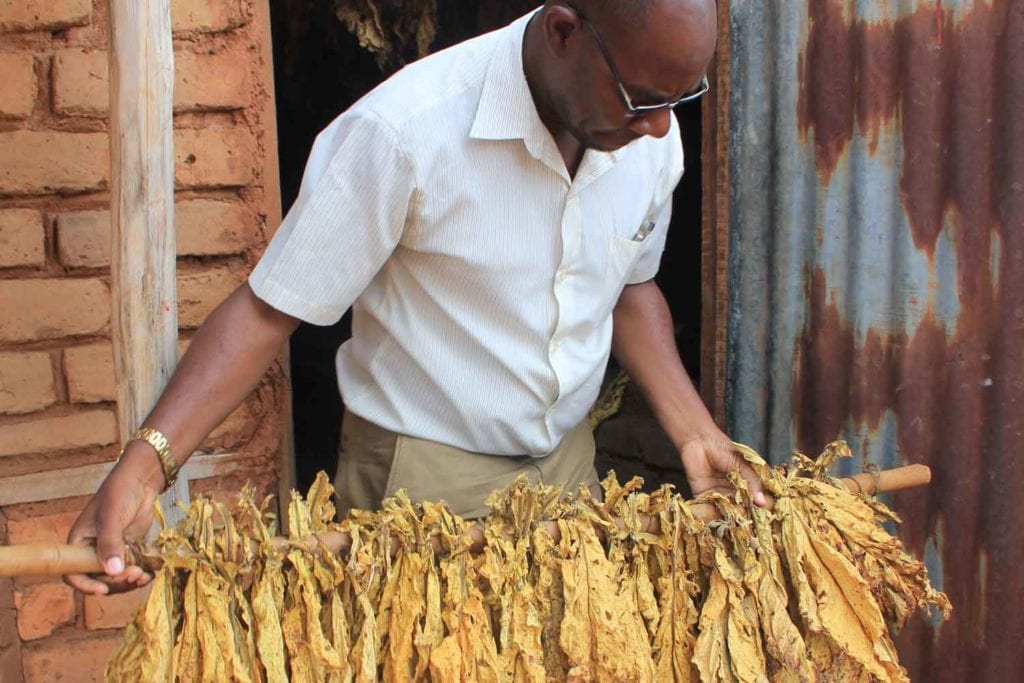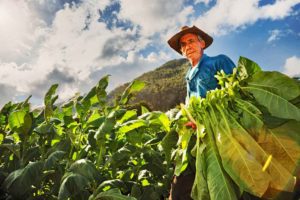As of Jan. 5, 2024, tobacco farmers in Zimbabwe have narrowed the planting gap to within 5 percent of the 2023 hectarage, according to The Herald. The hectarage in 2023 was 27 percent shy of 2022 figures.
The area planted in for the 2023/2024 season has been smaller than the area for the previous season since Nov. 24, according to Tobacco Industry and Marketing Board (TIMB) statistics.
Farmers planted a total of 103,652 ha under both dryland and irrigated tobacco across the country.
This season, 112,916 growers have registered compared to 147,748 in the same period last year. Of registered growers, 93 percent are contracted, according to the TIMB.
Zimbabwe’s government has extended the date for destruction of tobacco seedbeds to Jan. 15. This season’s planted area could exceed last year’s, according to some farmers.
“As farmers, we are happy with the current weather pattern and believe that we can slightly exceed last year’s hectarage,” said George Seremwe, chairman of the Zimbabwe Tobacco Growers Association, referring to the current wet weather pattern. “Tobacco requires water and a lot of heat units, which is good in terms of the quality of the crop.”
“The combined influence of extended planting dates and wet weather conditions from around the Christmas period will likely result in this season’s planted area coming close to or surpassing last year’s,” said Victor Mariranyika, president of the Tobacco Farmers Union Trust. “We thank the government for moving planting dates in response to climate change with the crop generally looking good after the rains, which fell after Christmas.”
In 2023, Zimbabwe saw record crop yield, and the sector expects another positive season this year. The country’s target for this year is 148,500 ha.
“We are looking at two fundamentals: the hectarage and the potential yield, and with what is on the ground, we are likely to have a good season,” said Emmanuel Matsvaire, acting TIMB CEO. “Information that we have received so far shows that 136,000 ha have been planted, but we still have some districts that have not submitted the figures.”














 TabaCuba the state-run arm of Cuban cigar production, announced that it would increase its use of renewable energy sources in several of its facilities in Pinar del Rio, Cuba’s largest tobacco leaf-producing province.
TabaCuba the state-run arm of Cuban cigar production, announced that it would increase its use of renewable energy sources in several of its facilities in Pinar del Rio, Cuba’s largest tobacco leaf-producing province.




